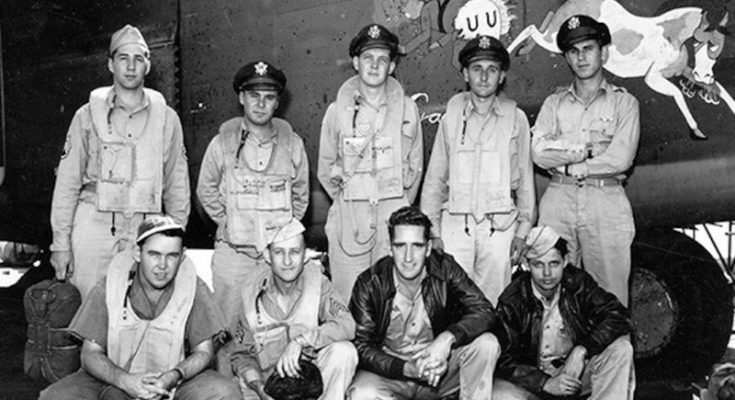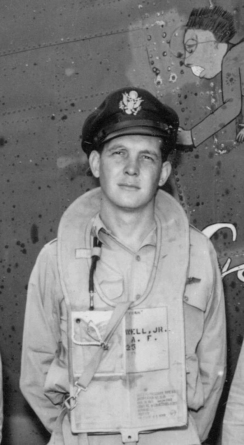The Defense POW/MIA Accounting Agency (DPAA) announced today that U.S. Army Air Forces 2nd Lt. George M. Johnson, 23, of Seaford, Delaware, killed during World War II, was accounted for on Dec. 12, 2019.
On Jan. 21, 1944, Johnson was a member of the 38th Bombardment Squadron, 30th Bombardment Group, stationed at Hawkins Field, Betio Island, Tarawa Atoll, Gilbert Islands, when the B-24J bomber he was co-piloting crashed into Tarawa lagoon shortly after takeoff. Johnson and the nine other servicemen aboard the aircraft were killed.
Rescue crews recovered the remains of five individuals. However, Johnson was reportedly not among those recovered. The three identified sets of remains and two unidentified sets were interred in Cemetery 33 on Betio Island, one of several cemeteries established after the U.S. seized the island from the Japanese in November 1943.
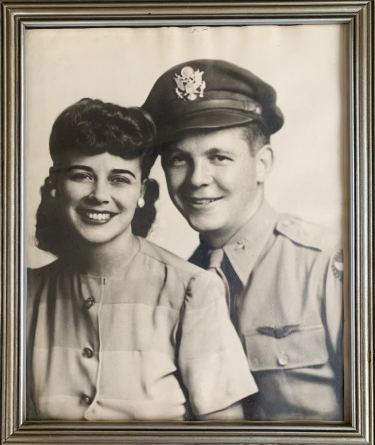
The U.S. Army’s 604th Quartermaster Graves Registration Company conducted remains recovery operations on Betio between 1946 and 1947. They attempted to consolidate all the remains from isolated burial sites into a single cemetery called Lone Palm Cemetery. The remains of the B-24J crew were believed to be among those moved. However, Johnson’s remains were not identified and he was later declared non-recoverable.
In 2017, History Flight, Inc., a non-profit organization partnered with DPAA, recovered several coffin burials from Cemetery 33. These remains were sent to the DPAA Laboratory at Joint Base Pearl Harbor-Hickam, Hawaii, for identification.
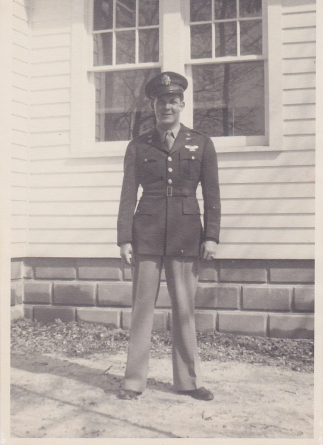
In April 2019, DPAA identified a set of remains as U.S. Army Air Forces Staff Sgt. Jack R. Busch, Jr. He had reportedly been accounted for in 1946 and buried near Niagara, New York. Permission was granted by Busch’s family to exhume the remains in New York for testing. The New York remains were determined to be associated with a set of remains from the History Flight coffin burials. The two sets of remains were consolidated for further testing.
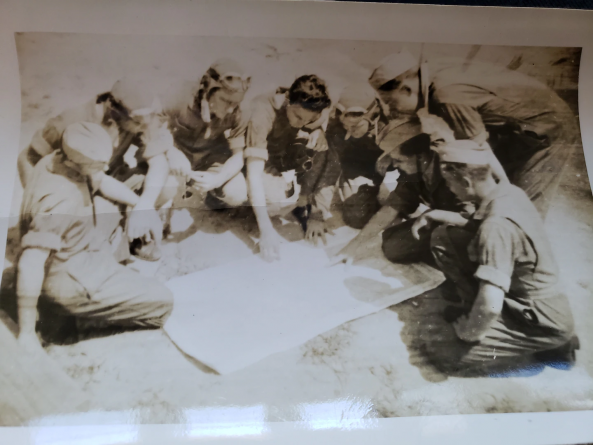
To identify Johnson’s remains, scientists from DPAA used dental and anthropological analysis, as well as circumstantial evidence. Additionally, scientists from the Armed Forces Medical Examiner System used mitochondrial DNA (mtDNA) analysis.
Johnson’s name is recorded on the Courts of the Missing at the National Cemetery of the Pacific along with others still missing from World War II. A rosette will be placed next to his name to indicate he has been accounted for.
Johnson will be buried May 8, 2020, in his hometown.
SOURCE: DPAA

